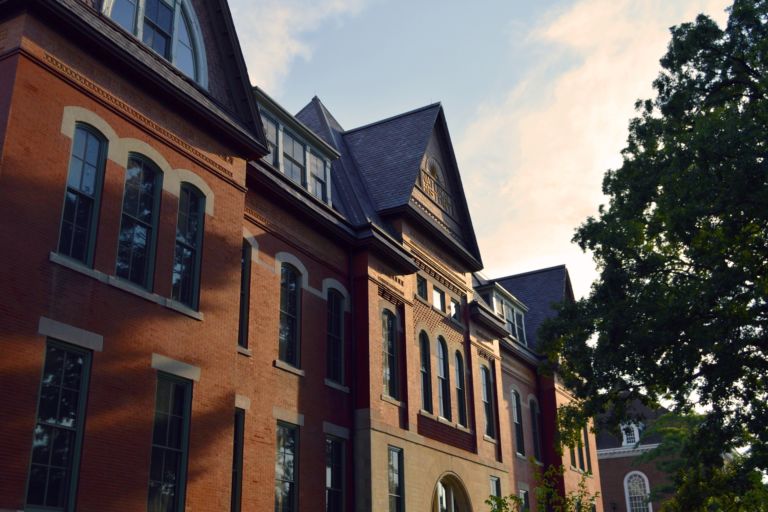A recent issue of Hillsdale College’s Imprimis features John Abramson’s diagnosis and prescription for American health care.
An easy way to gauge the health of a country, and to compare the health of a country with that of other countries, is to look at average life expectancy. And if you look at a chart comparing average life expectancy in the U.S. with the average life expectancy of eleven other wealthy countries from 1980 to 2021, you will find that in 1980, the U.S. was just about equal with those other countries. But as the years have progressed since then, life expectancy in the U.S. has fallen further and further behind. Until 2014, our life expectancy was going up, but we were losing ground to the populations of other advanced countries.
By 2019, prior to COVID, life expectancy in the U.S. had fallen relative to that in the other countries so much that 500,000 Americans were dying each year in excess of the death rates of the citizens of those other countries. To exclude poverty as a factor in these numbers, a study looked at the health of privileged Americans—specifically, white citizens living in counties that are in the top one percent and the top five percent in terms of income. This high-income population had better health outcomes than other U.S. citizens, but it still had worse outcomes than average citizens of the other developed countries in such areas as infant and maternal mortality, colon cancer, childhood acute lymphocytic leukemia, and acute myocardial infarction.
Now combine this with the fact that we in the U.S. are paying an enormous excess over those other countries on health care. In the U.S., we spend on average $12,914 per person per year on health care, whereas that figure in the other comparable countries is $6,125. That comes to $6,800 more per person—and if you multiply that by 334 million Americans, we are spending an excess $2.3 trillion a year on health care—and getting poorer results.
Which means that our health care system is broken and needs fixing.


